#medieval Scandinavia
Explore tagged Tumblr posts
Text
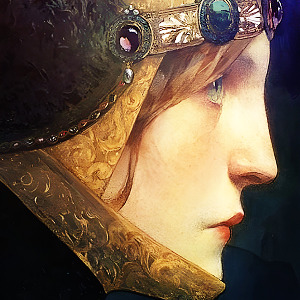

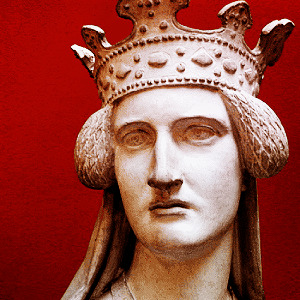
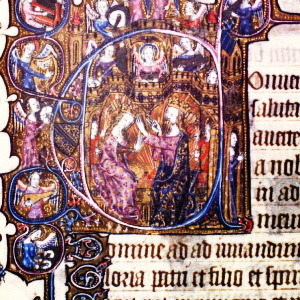



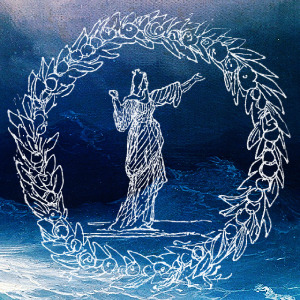

Philippa of England, Queen of Norway, Denmark and Sweden
Philippa of England was the youngest daughter and last child of Henry of Lancaster and Mary de Bohun, Earl and Countess of Derby, and was born on, or shortly before, 1 July 1394, when her mother died from complications in childbirth. Little is known of Philippa’s early childhood but when her father usurped the throne in 1399, becoming Henry IV, her future changed dramatically. No longer the youngest daughter of an earl, she was now a princess.
The new king almost immediately began searching for marriage alliances for his two daughters. 1401 saw Henry enter into marriage negotiations with Margrete of Denmark for Philippa to marry Margrete’s adoptive son and heir, Erik of Pomerania. Like Henry, Margrete was hoping for an alliance to strengthen her domestic position and that of the fledgling Kalmar Union of Norway, Denmark and Sweden. It wasn’t until 1405 that the marriage was formally agreed upon and in December, Philippa was proclaimed Queen of Norway, Denmark and Sweden. In August 1406, the 12-year-old Philippa sailed from England in August 1406. She married Erik at the cathedral of Lund, and her coronation soon followed. Famously, Philippa is the first documented European princess to wear white at her wedding.
She spent the next three years at Kalmar Castle in Sweden, the first year under the guidance of Katarina Knutsdotter (the granddaughter of Saint Birgitta of Sweden), and probably owing in no small part to her youth, Philippa remained in the sidelines of rule until Margrete’s death in 1412. She retained close ties to Sweden, serving as Erik’s de facto regent there, and was the only queen of the Kalmar Union to ever achieve popularity in Sweden. Of particular note is her patronage of Vadstenna Abbey, the motherhouse of the Bridgettine Order. She often stayed there when in Sweden, was a generous patron, and petitioned the pope multiple times on the Order's behalf, even enlisting the support of her brother, Henry V of England. In 1425, Philippa donated a choir dedicated to St. Anne, where she was later buried. This may have had particular significance for Philippa, as she had no surviving children..
Philippa was deeply involved in the rule of all three kingdoms of the Kalmar Union. In 1420, demonstrating Erik’s trust in her, it was decided that she would serve as regent to his heir, Bogislaw of Pomerania, should the marriage remain childless, and her widow’s pension would effectively give her a ‘queendom’ in Sweden. In 1423, Erik went on pilgrimage and Philippa served as his regent, with all power that entailed, until his return in 1425. She also obtained the resources and support Erik needed for his war against the Hanseatic League. Indeed, it was Philippa who organised the defence of Copenhagen against the bombardment of the Hanseatic League in 1428 to great acclaim.
In late 1429, Philippa, apparently in good health, travelled to Sweden to secure further support for the war against the Hanseatic League. She was staying in Vadstena Abbey when she fell seriously ill and died on the night of 5 and 6 January 1430, possibly following a stillbirth. Philippa was remembered almost universally favourably, a reputation that was surely deserved.
Sources: Paris, Bibliothèque Nationale, MS Lat. 17294), "Filippa, drottning", Svenskt kvinnobiografiskt lexikon (article by Charlotte Cederbom), Steinar Imsen, “Late Medieval Scandinavian Queenship”. Queens and Queenship in Medieval Europe, Mary Anne Everett Green, Lives of the princesses of England from the Norman conquest, Vol 3.
#philippa of england#edits#otd#historyedit#henry iv#henry v#medieval scandinavia#kalmar union#on this day
97 notes
·
View notes
Text

#i was a peasant#in 450 previous lives#european history#history#ancestors#medieval#medieval europe#medieval england#medieval scandinavia#peasants#viking history
11 notes
·
View notes
Text
Never doubted it for an instant. True fact: when I was in high school, taking chemistry, I was so bored I wrote all my notes in runes. Took AGES to study from them. Don't copy me, little leaguers.
14 notes
·
View notes
Photo
Transcript of museum label:
These two handed broadswords were for ceremonial use. They were presumably carried by the town marshals of Copenhagen as insignia of the town judge. Similar swords are known from Ribe and Malmo. These three towns were outside the jurisdiction of the "landsting" (regional courts), which meant that the town judge here ranked with the judges of the "landsting".
-- Broadsword wall exhibit, Danish History Museum, Copenhagen, Denmark
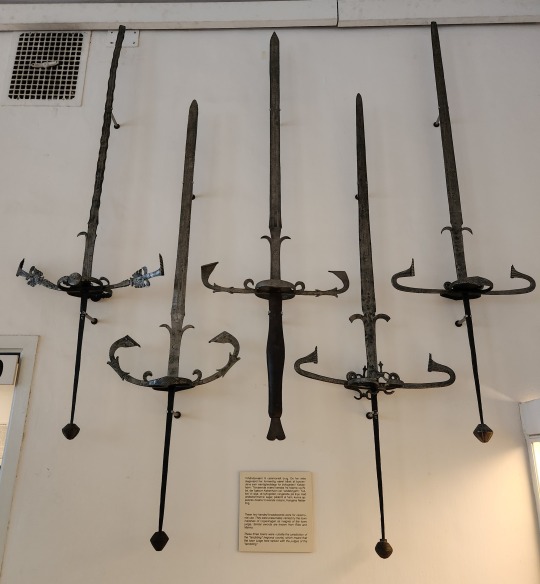
Wall exhibit of various two-handed broadswords
Danish Middle Ages and Renaissance Exhibit
Danish History Museum
Copenhagen, Denmark
#history#historyblr#broadswords#swords#copenhagen#denmark#danish history#scandinavia#scandinavian history#medieval scandinavia#medieval denmark#ribe#malmo#history of weapons#weapon history#sword history#history of swords#medieval swords#museums#history museums#danish history museum#danish museums#two-handed broadswords
5K notes
·
View notes
Text
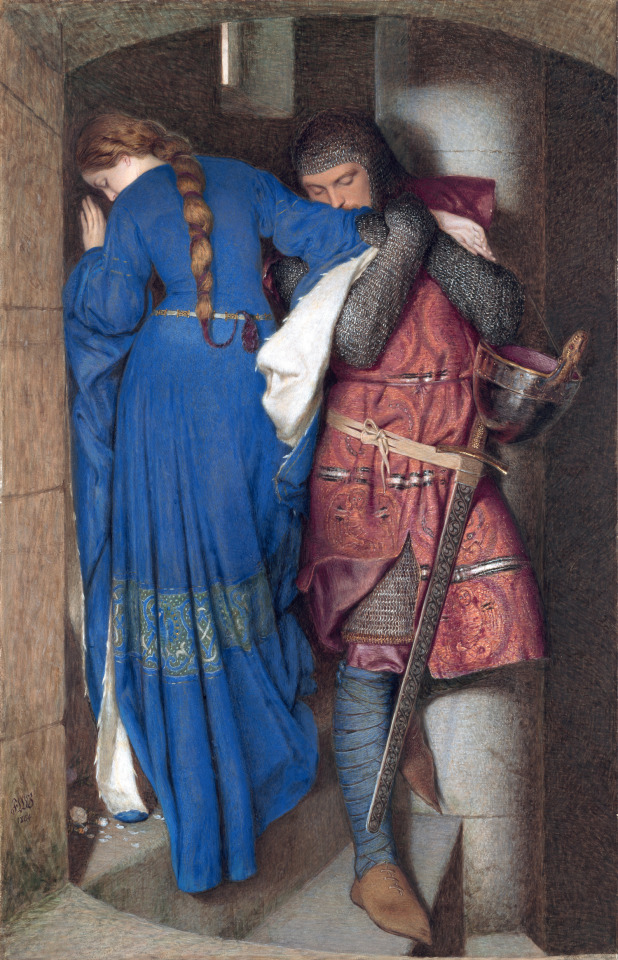
Hellelil and Hildebrand, the Meeting on the Turret Stairs by Frederic William Burton
#frederic william burton#art#lovers#hellelil#hildebrand#medieval#middle ages#chivalry#romantic#romance#knight#knights#danish#ballad#english#prince#irish#watercolour#europe#european#castle#princess#scandinavian#scandinavia#england#denmark#guard#armour#chain mail#sword
1K notes
·
View notes
Text


Part 2 of the 15th century church I stumbled across in northern Sweden. Because it has never been heated, the original colours have been preserved. Part 1 HERE
(Photo: d.)
#photo#photography#photographers on tumblr#van pelt foto#original photographers#sweden#church#medieval#15th century#1600s#interior#architecture#religion#religious#sacred#scandinavia#painting#christian#christianity
224 notes
·
View notes
Text
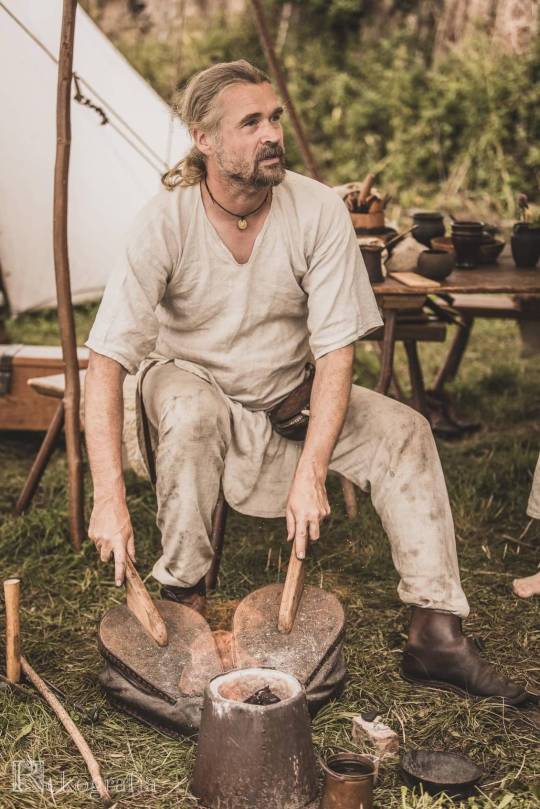
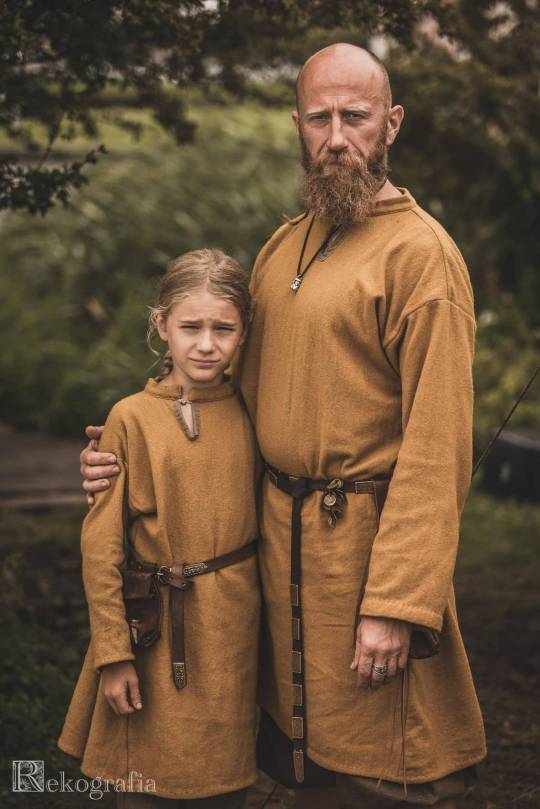
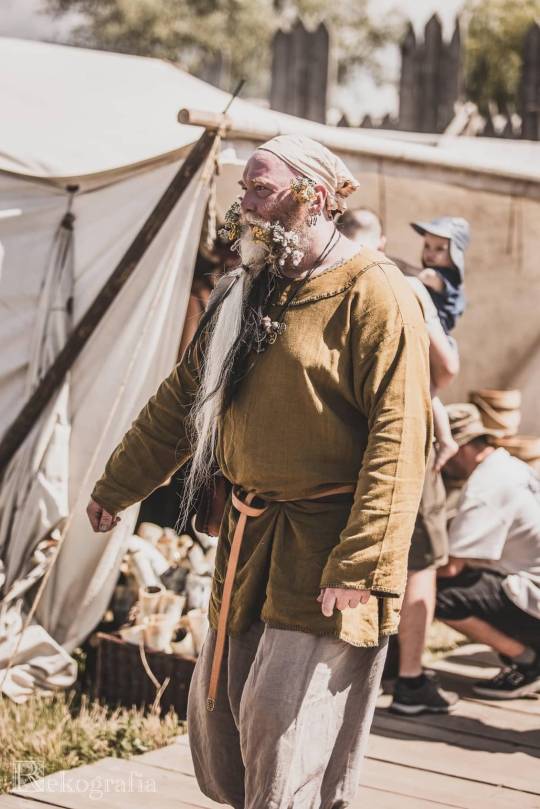

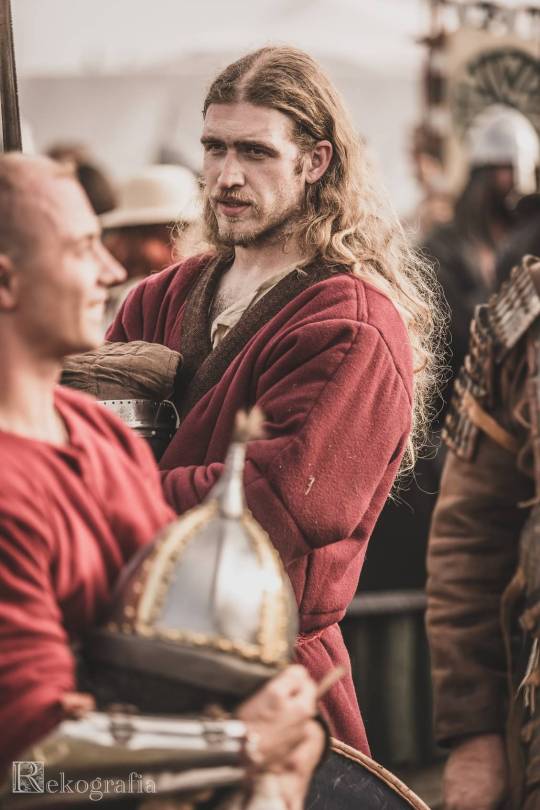
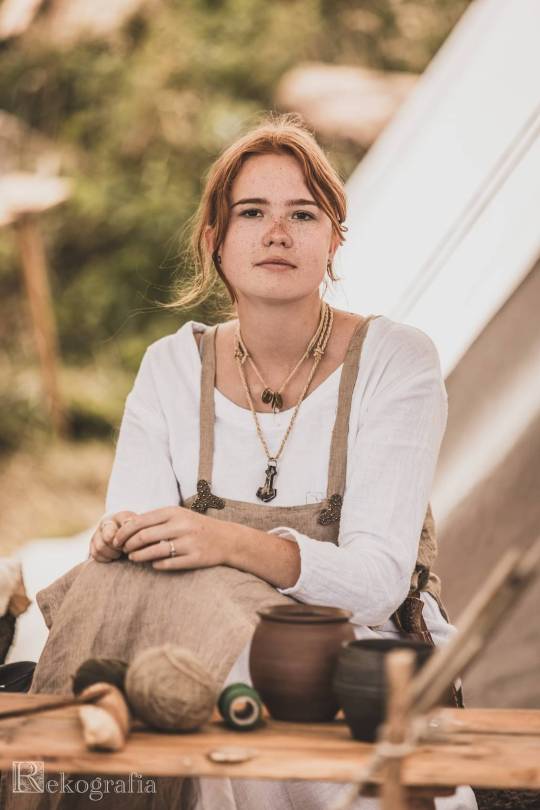
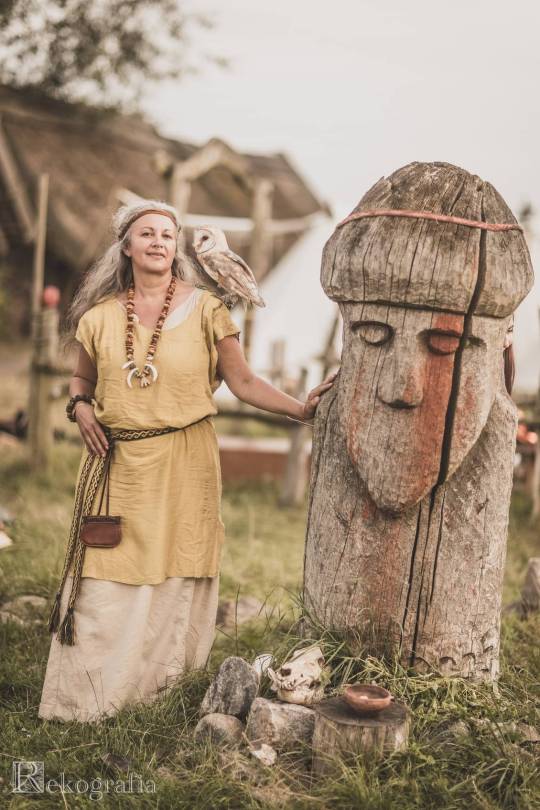

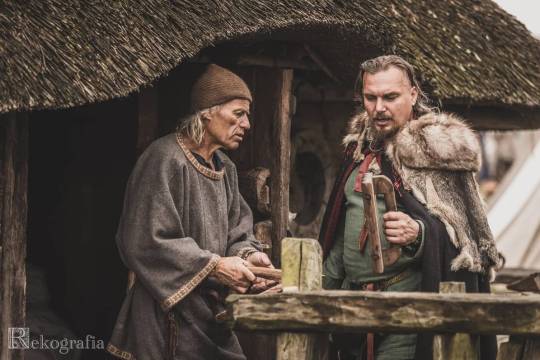
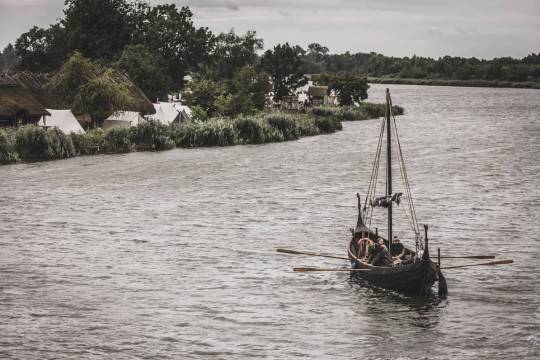
Slavs and Vikings Festival in Wolin, Poland
The Slavs and Vikings Festival is one of the largest early-medieval events in the world. There are archery and spear-throwing competitions, games and contests for kids, craft-making presentations demonstrating how jewelry, coins, horns, and amber were created, live music, readings, and much more.
Wolin is a town located on Poland’s largest island (of the same name) on the coast of the Baltic Sea. It's a City of History, whose glory days date back to 1000 years ago. In the early Middle Ages, it was one of the largest and most powerful cities in this part of Europe, and ranked among the most important ports of the Baltic Sea. Wolin is considered to have been the gateway through which Scandinavians traveled southwards from the Baltic Sea to inland Piast state.
#festiwal słowian i wikingów#slavs and vikings festival#wolin#poland#slavic#slavs#vikings#slavcore#scandinavia#piast dynasty#pagan witch#pagan#paganism#nordic#viking#european culture#middle ages#baltic sea#medieval#reenactment#*
115 notes
·
View notes
Text


The ruins of Åhus Borg, a castle / fort built circa year 1000-1100.
#photograph#my photos#picture#photooftheday#photographer#photoshop#photoshoot#photo#photography#ruins#castles#village#buildings#medieval#11th century#middle ages#history#fortress#castle#culture#archaeology#history lesson#artifacts#history lover#history lovers#sweden#scandinavia#scandinavian mythology#scandinavianstyle#scandinavian history
50 notes
·
View notes
Text

i Find this Black metal Photo, and is nice Share with you All. if You Want Reblog it.
9 notes
·
View notes
Text

See, this is why I never draw sleipnir. Why is he built like that. What the fuck kinda skeleton does he have under there. What is my biology student speculative biology enjoying ass supposed to do with him. Horses are already janky as fuck why would you do this
#fuckin legs Georg over here#some sadistic madman in medieval scandinavia really looked at evolutions biggest mistake and went 'how do I make this Worse'#And they succeeded#Tbf horses are already built for Running Fast and nothing else so this is just the natural conclusion but like.#At what cost
13 notes
·
View notes
Text


Philippa of England and Erik of Pomerania, Queen and King of Norway Denmark and Sweden really were the epitome of 'she's everything he's just Ken' huh?
8 notes
·
View notes
Text
Today's Old Norse Word in English:
scathe
verb
to harm or injure, especially by fire.
Old Norse: skaða, to injure.
#old norse#germanic languages#scandinavian languages#scandinavian history#medieval scandinavia#english language#linguistics#etymology#vikings#viking#viking history#norse history#norse#norse paganism
11 notes
·
View notes
Text
it's gløgg season and honestly it's the best part of the holidays, and the store i work at put out gløgg taste tests this weekend so I'm basically living the life rn :')
#gløgg is the most warming and magical drink#it alway hits the spot! it takes me back to not only my childhood but also medieval scandinavia#and i think that's beautiful
7 notes
·
View notes
Text
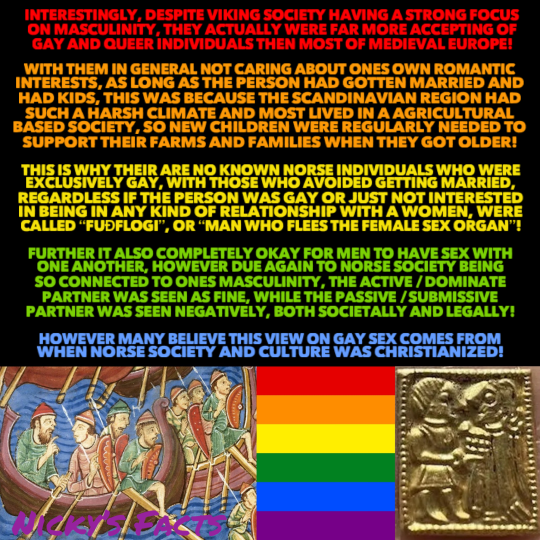
The vikings were the gay raiding family men of Scandinavia!
🇩🇰⚔️🏳️🌈
#history#vikings#lgbt#masculinity#scandinavia#medieval history#gay#viking culture#old norse#lgbtq#danish history#sweden#norway#iceland#denmark#gay history#medieval europe#viking age#lgbt history#medieval#viking life#viking history#nickys facts
16 notes
·
View notes
Text

The Invitation of the Varangians: Rurik and his brothers Sineus and Truvor arrive at Ladoga by Viktor Vasnetsov
#viktor vasnetsov#art#varangian#varangians#rurik#sineus#truvor#ladoga#viking age#rus#kievan rus#rurik dynasty#medieval#middle ages#rurikids#history#europe#european#russia#russian#swedish#sweden#norse#nordic#germanic#scandinavian#scandinavia#norsemen#slavic#finnic
133 notes
·
View notes
Text


"one step later, you'll be a different person."
#photography#city#sky#freedom#cityscape#noedit#nofilter#street#clouds#unedited#oslovibes#oslo#oslonorway#norwegian#norway#scandinavia#castle#original post#original photography#original photographers#quotes#quoteoftheday#medieval#dark academia
13 notes
·
View notes